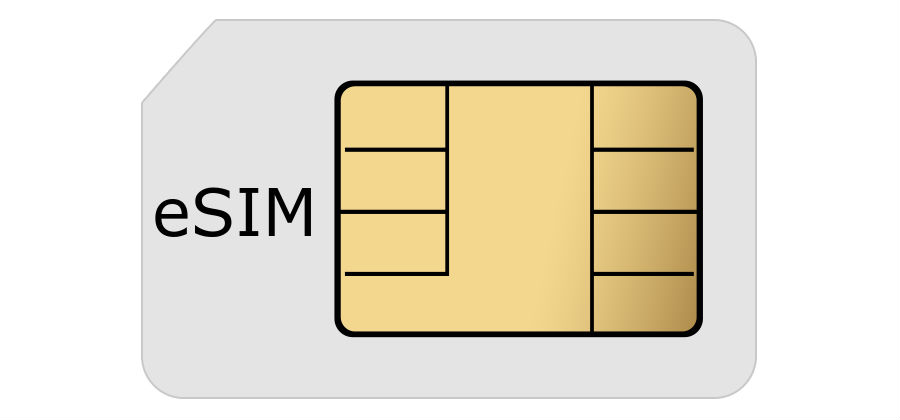The existence of eSIM in phones and watches has been around for some time now, but it’s not very available as yet. Google would like it to be more prevalent, announcing more carriers around the world are now on board, as well as a new program that will help Android Device makers make more eSIM-capable devices.
Embedded SIM, or eSIM as it’s more commonly known has been around for a little while now. They’re a rewritable SIM card embedded in a phone, watch or tablet which allows for “digital” SIM card provisioning – or essentially letting you download the cellular providers software to it in order for it to work.
To expand the adoption of eSIM, Google has partnered with more carriers in the US as well as with carriers in Germany, the UK, India and more with the likes of EE, Airtel and Reliance Jio, Truphone and Gigsky either offering, or about to offer eSIM support to their customers. Google hasn’t announced any Australian carriers offering eSIM as yet, but have announced they’ll be working with both carriers and Android device makers on expanding eSIM availability.
Google said:
To enable a consistent and simple experience across the ecosystem, we’re also creating a program that allows Android device makers to build eSIM-capable smartphones. We look forward to continuing our work with our partners on the potential benefits of eSIM—whether that’s getting you connected to a phone, watch, tablet, or laptop—in the future.
There’s no details on what the new program to help manufacturers create eSIM-capable smartphones will entail, but the mere existence of eSIM in more phone could help sway carriers in deciding to support them.





eSIM. Not sure about it. I don’t see the advantage of it over a physical swap SIM. I suspect it may lead to a locked to carrier system much like the old CDMA and AMPS system. I’m sure the carriers don’t wan’t want to make the changing of them easy .
Pixel 2 & 3 phone owners have the inbuilt eSIM, so it’s ready to go as soon as carriers switch it on.
I wonder if we can take advantage of it straight away – when we travel – by signing up to one of those overseas networks that already offer the service. It avoids the need to physically get an overseas SIM card posted, or travelling to a phone store to buy one.
Bug report, Dan
The last paragraph of the article vanishes after the bare start of the sentence “Being able”
Checking the code for the page, the paragraph has a HTML close paragraph after ‘able’ so it’s more than a code format glitch hiding content.